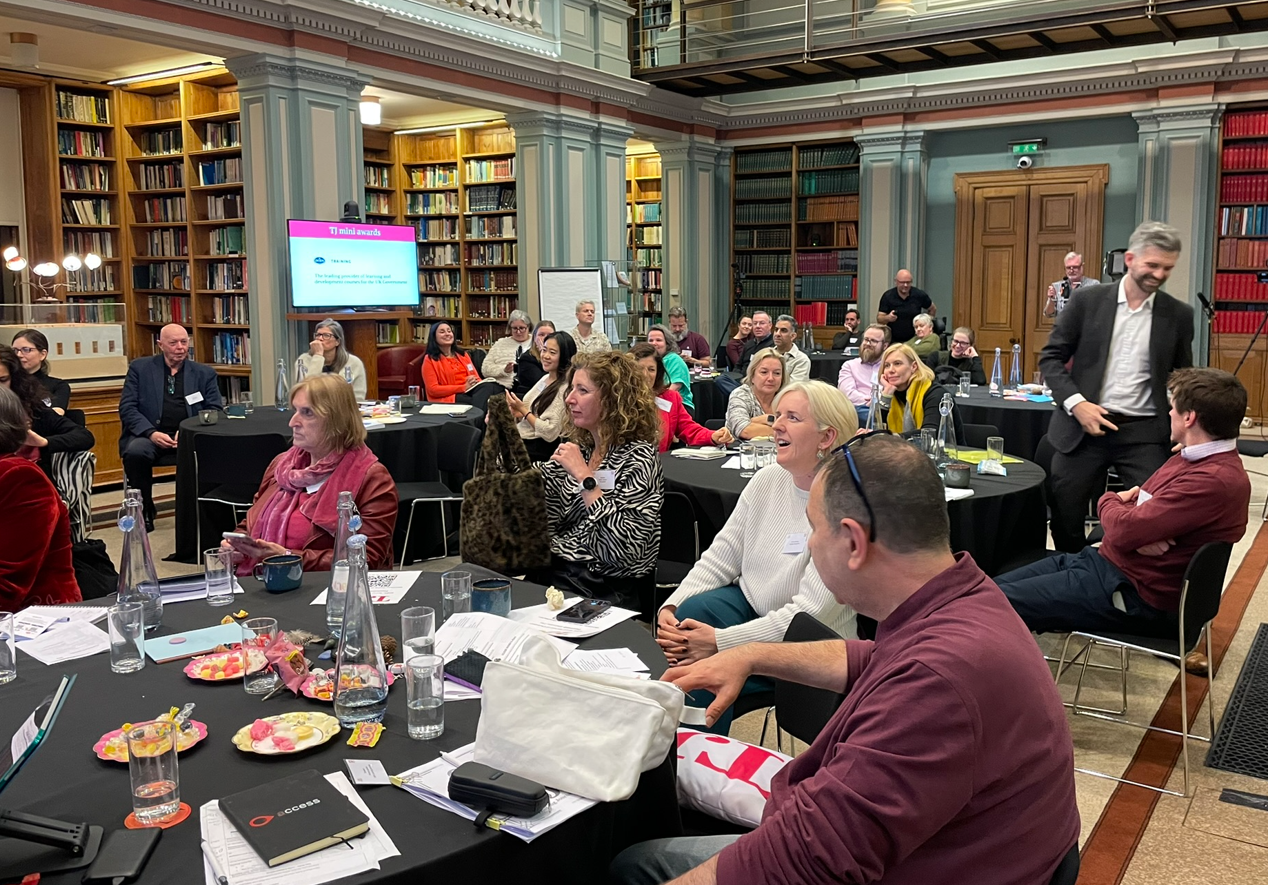Manish Sharma talks to TJ about Accenture Operations’ latest research, Fast-Track to Future-Ready Performance
We’ve all been using AI-enhanced technologies and platforms for years, much of the time without realising it. How can we all move up a level in 2021?
It’s true that consumers have been using AI-enhanced technologies for years and may not even know it. Take for example, a consumer who interacts with say an online retailer’s chatbot about purchasing a new pair of shoes.
The AI-powered interface helps the consumer answer basic questions and automates processing of certain requests. In turn, this frees up human time otherwise spent on manual chat analysis to do more strategic tasks.
Many companies use AI in applications like this, but ‘future-ready’ organisations do a lot more. They apply tech-powered productivity gains across all areas of the business – transforming how work gets done across technology, processes and people.
The overarching goal here is to maximise and emphasise human skills distinguishing us from machines, especially in an era when people are critical to our success. And when done right, this transformation of how work gets done will ripple across all aspects of the enterprise – including better experiences for both customers and employees.
Many people are very sceptical of the intentions of the AI industry. How can you reassure people that the future of AI in business really is ‘technology that helps people’ and not the other way around?
Technology shines the brightest when it augments human ability. As the workforce blueprint changes, companies must find the most efficient ways in which technology can be deployed to augment or elevate human talent. There won’t be a one-size-fits all approach and will evolve as companies’ advance operational and digital maturity.
Future-ready organisations will see their talent blueprint expand and shift into equal parts – specialists, robotic solutions and transactional talent
This progression will automate more transactional tasks and free up human talent for more strategic and specialised roles. As this happens, ‘future-ready’ organisations will see their talent blueprint expand and shift into equal parts – specialists, robotic solutions and transactional talent. In other words, you will typically need more people – not less – but the type of work being done will change.
For example, we’ve seen an increased demand for several new types of skills, such as business advisors finding how to reduce inventory and optimise working capital and industry and functional experts who can account for ways of working, areas of expertise and how best to transform and adapt.
The fact is automation must be seen as an enabler – not a threat – if you want to succeed. You do that by equipping your people with future-ready skills through reskilling and training programmes. You also make your people part of the process by incentivising progress and rewarding ideas aligning with the future.
From Accenture’s recent research – less than 20% of organisations in the efficient stage of operational maturity expect to have scaled AI in the next three years. How can we address this?
We’ve seen great improvements in operational maturity over the past three years but it’s true that there is still much work to be done. In fact, our research found more than 60% of businesses were stuck in the ‘efficient’ phase three years ago.
But today, only one third of organisations remain in the efficient phase while nearly 60% have moved onto the ‘predictive’ phase, which is defined by the ability to use automation, analytics and blended data to augment human talent and better predict and position for market changes.
So, we’re really pleased with the progress many organisations have made thus far and expect more organisations to advance in the future.
The leap from being an ‘efficient’ organisation to being ‘future-ready’ may seem daunting but we’ve identified six things future-ready leaders do radically different that can be put into practice.
- First, think big and be willing to go beyond incremental change. Business leaders should set their aspirational goals then consider what advances in operations or new technologies will help them close the digital transformation gap.
- Second, put cloud infrastructure at the core – as knowledge workers can only succeed if they have a seamless flow of information to work with. Leaders who are cloud-first are able to explore new areas to scale and maximise value.
- Third, enhance intuition with better, more diverse data. The importance of having actional data at your fingertips cannot be stressed enough – using real-time data to support decisions is the only way for data to translate into employee productivity.
- The fourth is one that I mentioned previously but is very important when looking at the bigger picture – scale automation, AI and integrated solutions with leading practices. Today, we only automate 20% of what can be automated – meaning we’re missing an important opportunity to increase efficiency and drive new sources of value.
- Fifth, foster a specialised workforce and augment them with the right technology. An agile workforce strategy allows leaders to tap into an expanded talent pool of specialists when and where they need them.
- And lastly, build complementary ecosystem relationships that bring together complementary skillsets and more diverse data. This will foster continuous evolution instead of one-off projects and improvements.
From this same research – a line that caught my eye was ‘partnerships also spark innovation.’ Does this refer to between teams, between in-house and contractors, or indeed between humans and machines?
Yes, our recent report states ecosystem partnerships spark innovation. With ‘ecosystem partnerships’, we’re referring to third-party relationships that can deliver transformational value and experiences for both employees and customers.
Being future-ready requires a flexible operating model – an optimised combination of multidisciplinary teams and technologies on demand working across a broad ecosystem of partners – both internal and external. The goal is to deliver exceptional business outcomes at scale, from anywhere, anytime.
And as I mentioned previously, ecosystem partnerships bring complementary skillsets and more diverse data.
Human + machine collaboration is also an important partnership that sparks innovation, so I’d be remiss to not touch on that as well. Cultivating this powerful combination leads to a variety of benefits including streamlining operations, enhancing customer satisfaction, improving employee experiences and driving new sources of growth.
Practically speaking, this could translate into finding new ways to fulfil orders, serve customers, distribute goods or develop new products. More than one third of future-ready organisations have adopted an agile workforce at scale and we’re expecting that figure to rise to more than 70% in three years.
The research findings are available at Fast-Track to Future-Ready Performance
About the interviewee
Manish Sharma is group chief executive of Accenture Operations




